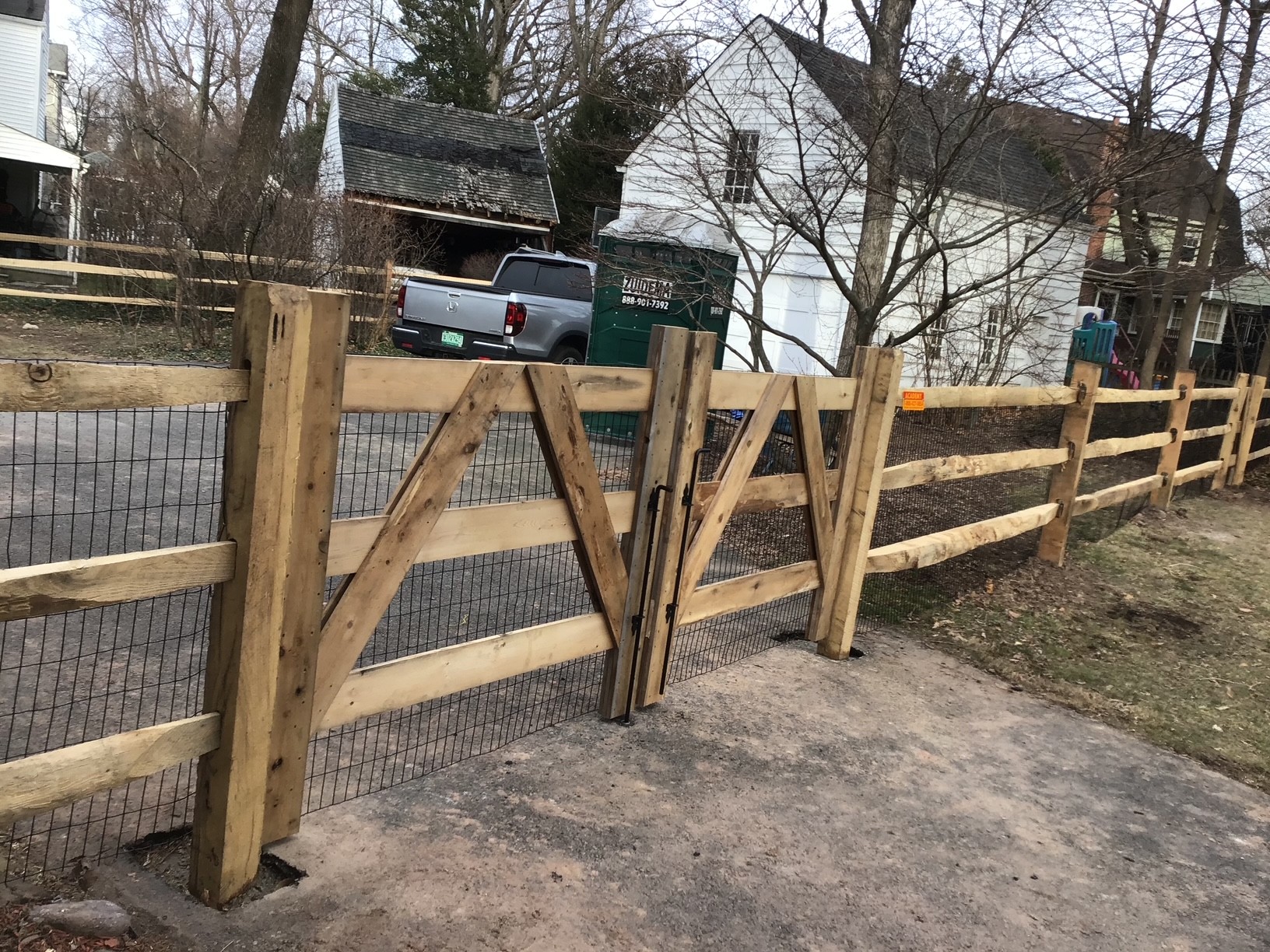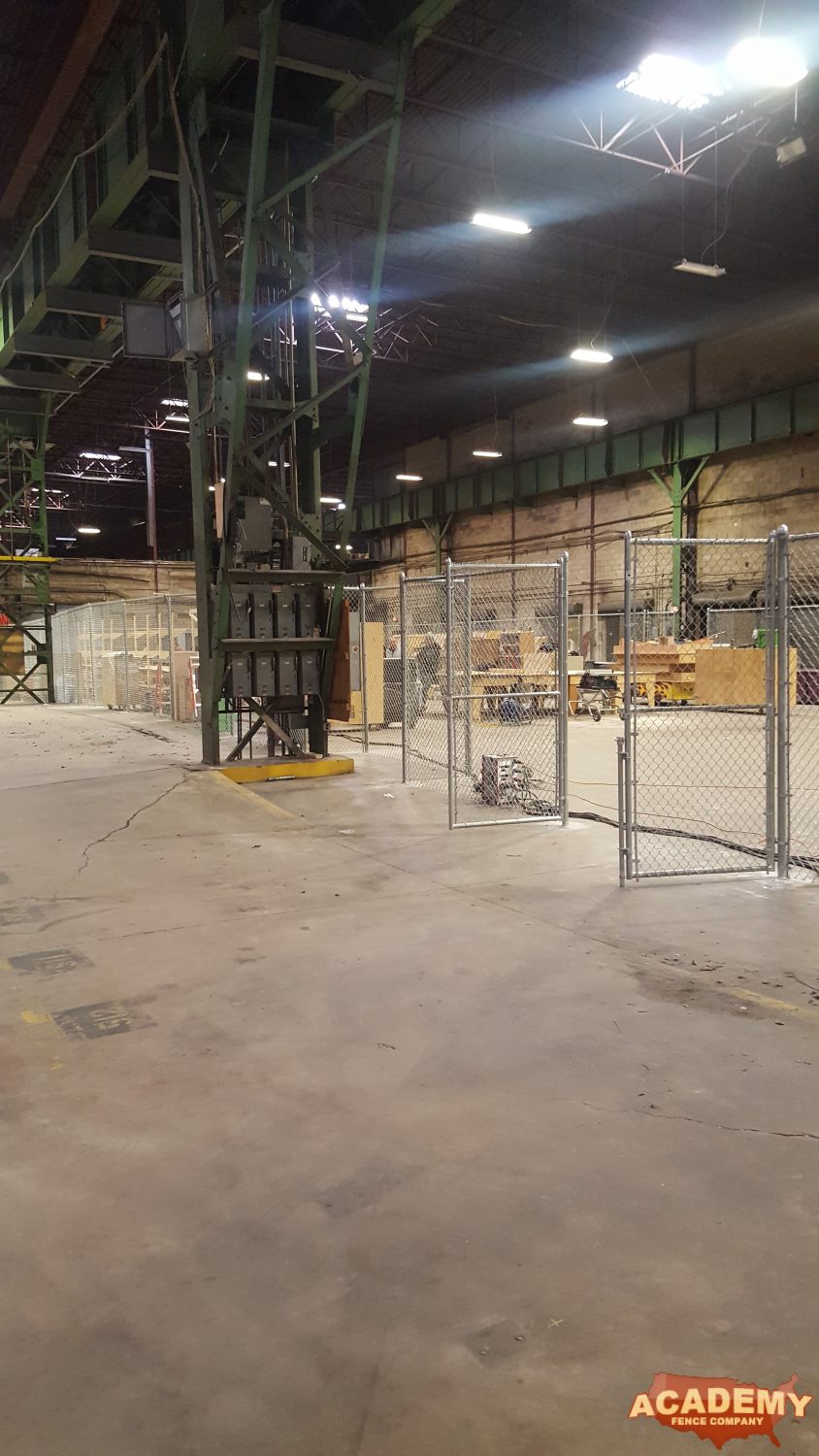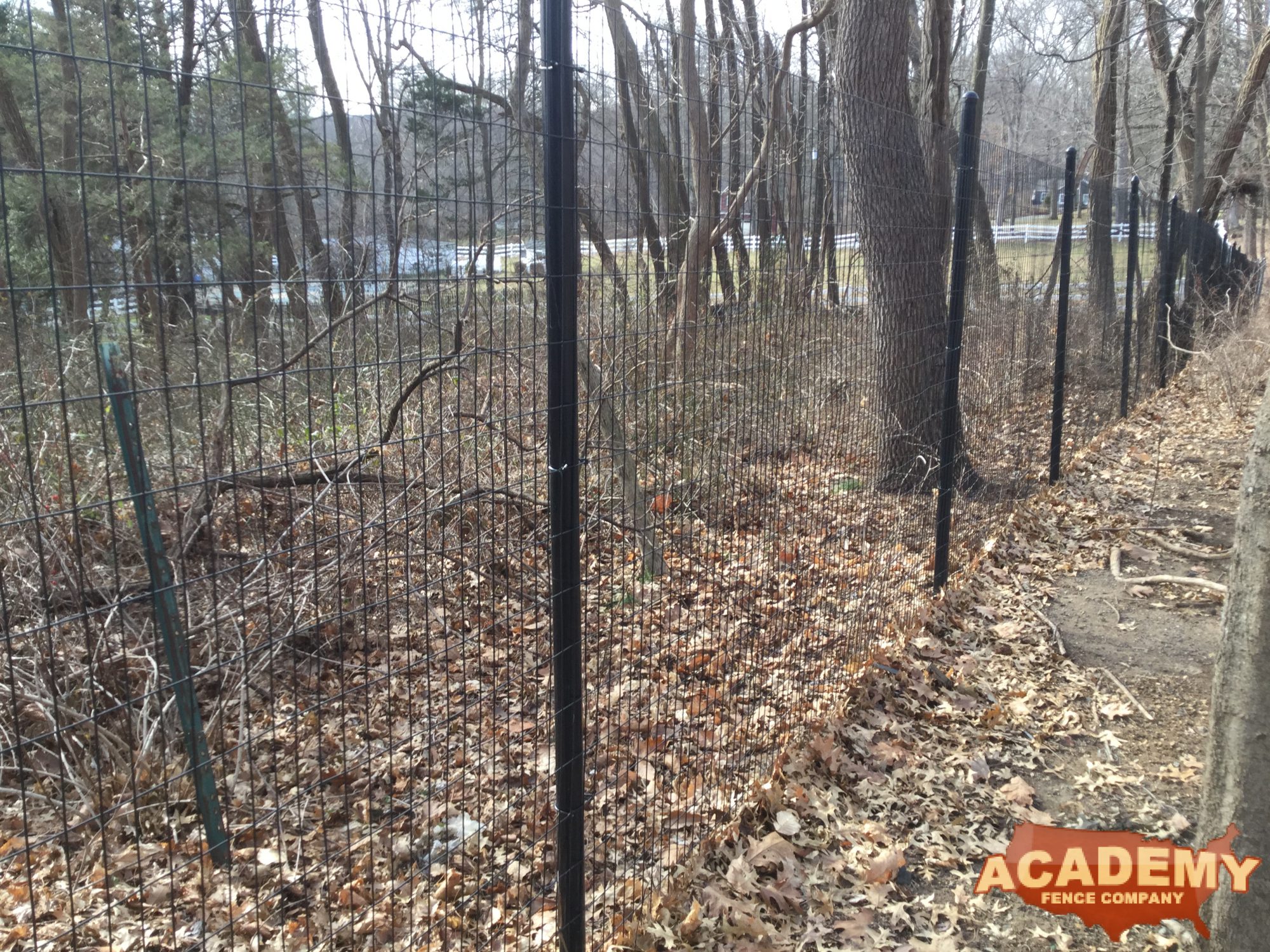
Florham Park, NJ Fence Installation Guide
Morris County, New Jersey, Zipcode: 07932
General Information for Fence Installation in Florham Park, NJ
In Florham Park, NJ, solid fences up to 6’ in height are permitted only in side and rear yards of residential zones to the plane defining the front of the house. Fences in the front yard cannot exceed 4’ in height and cannot be more than 50% solid. All supporting members of fence sections must face inside the property erecting the fence, the “good side” of the fence must face the neighbors. Corner lots are considered to have two front yards. Fence placement must be outside of the sight triangle and 6” inside the property line and shall not be constructed in the Right of Way.
Whether you are installing yourself or hiring a fence contractor, it is recommended to get familiar with the Florham Park Township Fence Codes and Ordinances (provided below). Once you have an idea of the fence style/type and its proposed location, contact Borough Hall to verify that your project meets their guidelines. In order to save time, bring a copy of your property survey with the proposed fence marked in red. We have installed numerous wood, vinyl, aluminum, and Deer Control Fences in Florham Park, Morris County, where we have been providing professional fence service since the 1960’s. Perhaps you’ve taken notice, when a fence has a signature "Academy Fence" sign, you will see it is well planned, sturdy, and provides many years of beauty and longevity.
Whether you are installing yourself or hiring a fence contractor, it is recommended to get familiar with the Florham Park Township Fence Codes and Ordinances (provided below). Once you have an idea of the fence style/type and its proposed location, contact Borough Hall to verify that your project meets their guidelines. In order to save time, bring a copy of your property survey with the proposed fence marked in red. We have installed numerous wood, vinyl, aluminum, and Deer Control Fences in Florham Park, Morris County, where we have been providing professional fence service since the 1960’s. Perhaps you’ve taken notice, when a fence has a signature "Academy Fence" sign, you will see it is well planned, sturdy, and provides many years of beauty and longevity.

Florham Park, NJ - Fence Installation Information
Resources and Instructions for Fence Install Projects
FENCE ZONING PERMIT APPLICATION
FENCE CODES AND ORDINANCES
§ 216-19Fencing.
All swimming pools shall be surrounded by chain link fence, at least six feet in height. Fencing as aforesaid of the entire premises on which a swimming pool is situate shall be deemed to comply with this provision.
All swimming pools shall be surrounded by chain link fence, at least six feet in height. Fencing as aforesaid of the entire premises on which a swimming pool is situate shall be deemed to comply with this provision.
§ 250-19Walls and fences; shrubbery.
A. All zones. Walls and fences are permitted in the yards of all zones, provided that they are not higher than four feet and the foundation or posts are located at least six inches inside the property line. Fences above six feet are permitted only to enclose permanent athletic facilities. (See also § 250-19C.) An appropriate fence permit must be obtained from the Construction Official prior to construction.
B. Residential zones. In all residential zones, fences not higher than six feet are permitted in the side and rear yards. Fences more than 50% solid are permitted only in rear and side yards of residential zones to the plane defining the front of the house. (See also § 216-4.) Front yards may have fences not exceeding four feet high, 50% solid. When a wall or fence is installed on top of a berm, railroad tie wall, or other similar structure or mounding, the height of the fenceshall include the height of the berm, retaining wall or other mounding which is at a higher elevation than the predominant grade of the property on which the fence is located, as determined by the Zoning Officer. For the purpose of corner lots, both street frontages shall be treated as a front yard.
[Amended 7-16-2002 by Ord. No. 14-02]
C. B-1, PB-1, PB-2 and C Zones. In these zones, fences or walls not exceeding seven feet in height shall be permitted in the side and rear yards. A fence or wall used for screening, if required by the Planning Board, may be higher. All fences and walls shall be at least six inches inside the property line. When a wall or fence is installed on top of a berm, railroad tie wall, or other similar structure or mounding, the height of the fence shall include the height of the berm, retaining wall or other mounding which is at a higher elevation than the predominant grade of the property on which the fence is located, as determined by the Zoning Officer.
[Amended 7-16-2002 by Ord. No. 14-02]
D. Electric or barbed-wire fences are permitted only in connection with farming operations to control livestock.
E. All zones.
(1) The finished or "good side" of the fence must face away from the property on which installed.
(2) If fencing has dissimilar sides in respect to finish, the structural members, supports and braces must face property for which the fence is intended, and the finished side must face adjoining property.
A. All zones. Walls and fences are permitted in the yards of all zones, provided that they are not higher than four feet and the foundation or posts are located at least six inches inside the property line. Fences above six feet are permitted only to enclose permanent athletic facilities. (See also § 250-19C.) An appropriate fence permit must be obtained from the Construction Official prior to construction.
B. Residential zones. In all residential zones, fences not higher than six feet are permitted in the side and rear yards. Fences more than 50% solid are permitted only in rear and side yards of residential zones to the plane defining the front of the house. (See also § 216-4.) Front yards may have fences not exceeding four feet high, 50% solid. When a wall or fence is installed on top of a berm, railroad tie wall, or other similar structure or mounding, the height of the fenceshall include the height of the berm, retaining wall or other mounding which is at a higher elevation than the predominant grade of the property on which the fence is located, as determined by the Zoning Officer. For the purpose of corner lots, both street frontages shall be treated as a front yard.
[Amended 7-16-2002 by Ord. No. 14-02]
C. B-1, PB-1, PB-2 and C Zones. In these zones, fences or walls not exceeding seven feet in height shall be permitted in the side and rear yards. A fence or wall used for screening, if required by the Planning Board, may be higher. All fences and walls shall be at least six inches inside the property line. When a wall or fence is installed on top of a berm, railroad tie wall, or other similar structure or mounding, the height of the fence shall include the height of the berm, retaining wall or other mounding which is at a higher elevation than the predominant grade of the property on which the fence is located, as determined by the Zoning Officer.
[Amended 7-16-2002 by Ord. No. 14-02]
D. Electric or barbed-wire fences are permitted only in connection with farming operations to control livestock.
E. All zones.
(1) The finished or "good side" of the fence must face away from the property on which installed.
(2) If fencing has dissimilar sides in respect to finish, the structural members, supports and braces must face property for which the fence is intended, and the finished side must face adjoining property.
BUILDING DEPT ADDRESS & CONTACT
Borough of Florham Park 111 Ridgedale Avenue Florham Park, NJ 07932 Permits and General Information 973-410-5346 Florham Park Official Website




